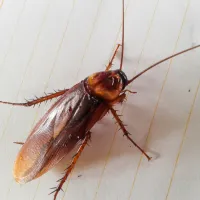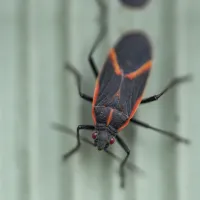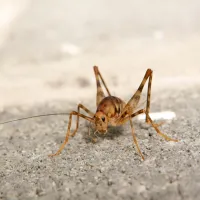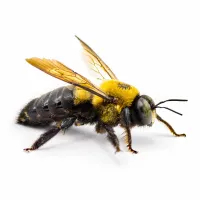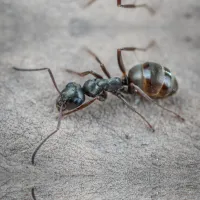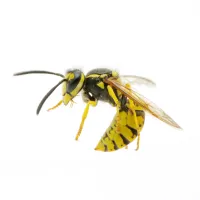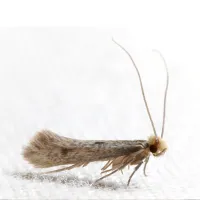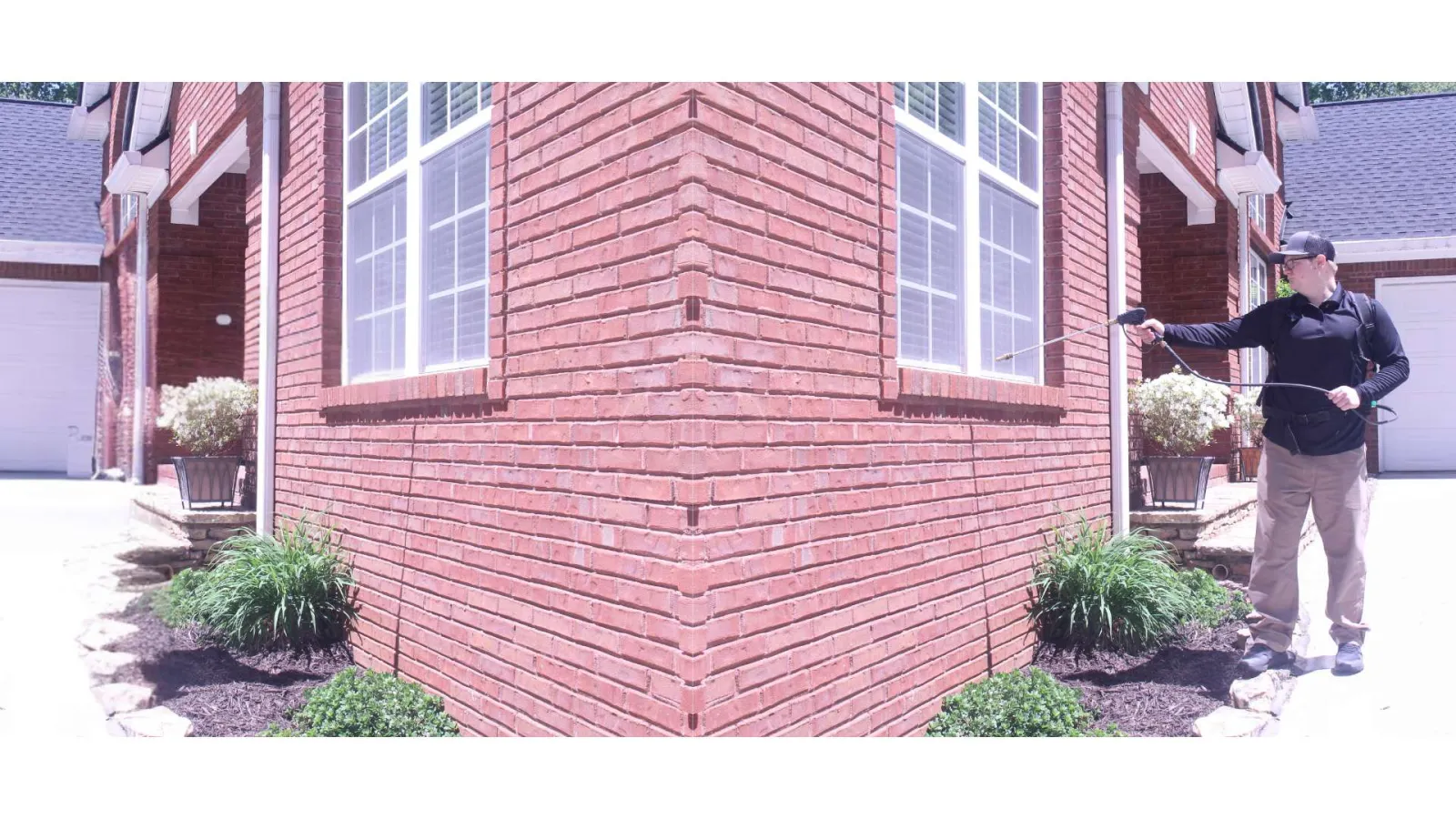
Quarterly Pest Control
For Ocean County & Monmouth County
Best Pest Control
Trusted, local and professional
The humid summers and cold winters in Ocean County and Monmouth County significantly influence pest activity. During the warmer months, we see activity from ants, roaches, and spiders, while colder months drive camel crickets and silverfish indoors, seeking warmth.
A quarterly pest control program offers year-round protection with targeted treatments applied four times a year. By addressing the unique pest pressures that arise with each season, Ozane helps keep homes and businesses pest-free, regardless of the time of year.

Year Round Pest Protection
Protecting homes since 1917
Ozane Termite & Pest Control offers a complete, year-round solution to protect homes and businesses from the pests that come with each season. Their Quarterly Pest Control Program is carefully designed to tackle the specific challenges of spring, summer, fall, and winter—keeping properties pest-free all year long.
Because different pests appear at different times of year, Ozane takes a targeted approach with every treatment. And if pests show up between visits, they'll return at no extra cost, ensuring customers enjoy reliable protection season after season.

How Pest Control Works
Integrated pest management & free retreatments
Ozane Termite & Pest Control takes an environmentally responsible approach to protecting homes through Integrated Pest Management (IPM). Their experienced technicians use advanced techniques and eco-friendly solutions to target pests at the source—where they live and breed—reducing the risk of infestations while minimizing environmental impact along the coast.
The first service begins with a thorough inspection and treatment of both the interior and exterior of the home. During follow-up visits, the focus shifts to the exterior, building a strong barrier to keep pests from getting inside. And if any issues pop up between scheduled services, Ozane is just a call away—ready to take care of it at no extra cost.
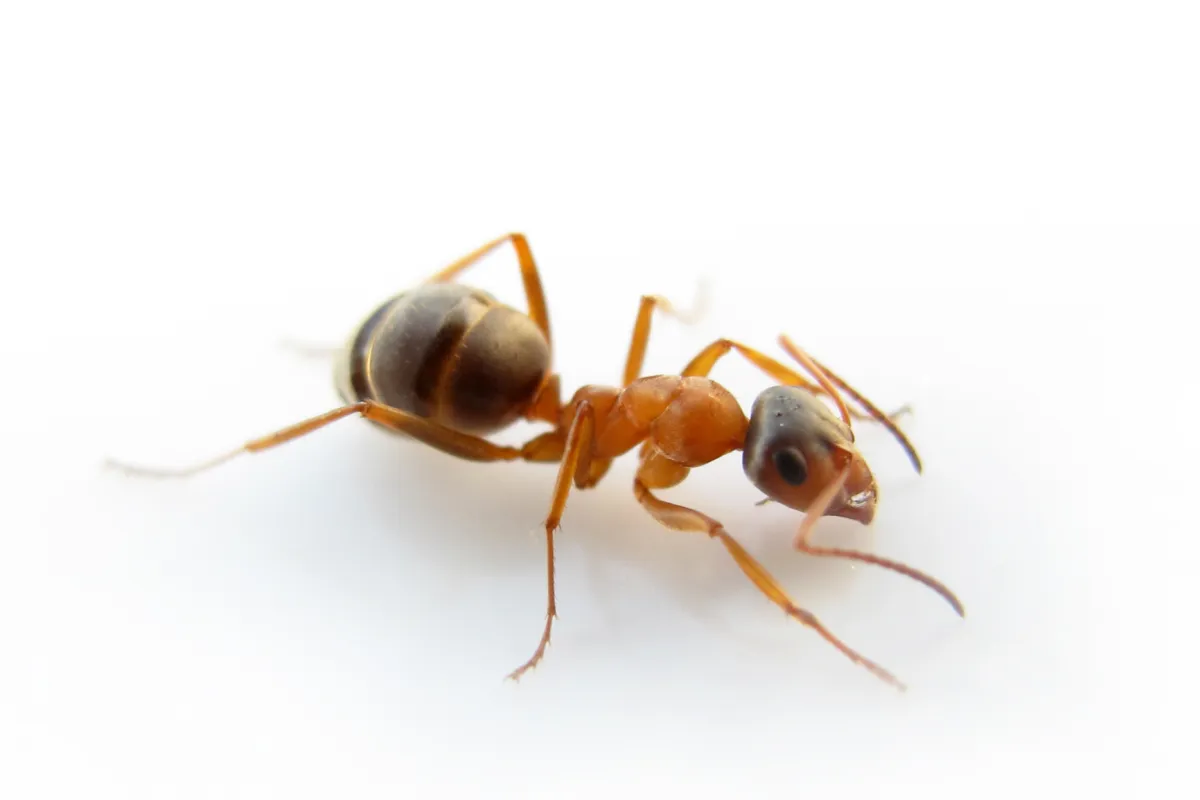
Pests Covered By Ozane
Get rid of ants, roaches, & camel crickets
In Ocean County and Monmouth County, a wide range of pests can make their way inside. Small ants often invade kitchens in search of food, while wasp nests create safety concerns around yards and structures. Moisture-rich spaces like basements and crawl areas attract centipedes and millipedes, adding to the challenge.
Other common intruders include clothes moths that damage fabrics, clover mites that overrun outdoor areas, and nuisance pests like cockroaches, camel crickets, and earwigs that cause both mess and frustration.
The program also targets persistent pests such as pantry pests, silverfish, and sow or pill bugs—helping residents maintain a clean, comfortable, and pest-free environment indoors and out.
Common Pests in Ocean & Monmouth County
Everything about pests you need to know

Why Choose Ozane
For Local Pest Control
With more than 100 years of experience, Ozane Termite & Pest Control has become a trusted name in the pest control industry. For generations, they've been serving the Toms River community with services tailored to the area's unique needs. It's easy to see why so many homeowners and businesses continue to rely on them.
- Proven Experience: A century in the business has given Ozane the knowledge and expertise to handle even the toughest pest infestations with confidence.
- Free Re-treatments: If pests return between scheduled visits, Ozane comes back too—at no additional cost. Their priority is making sure customers feel protected and satisfied.
- Integrated Pest Management (IPM): By following IPM practices, Ozane takes a smart, long-term approach to pest control. This method reduces chemical use while focusing on prevention and lasting results.
- Residential and Commercial Solutions: From family homes to businesses and industrial properties, Ozane offers customized pest control plans designed to fit each customer's unique needs.
Common Questions Answered
By Local Professionals
Ant Questions & Answers
Expert and local knowledge
What types of ants are most common in New Jersey?
Ocean County and Monmouth County is home to several ant species, with carpenter ants, odorous house ants, pavement ants, and Pharaoh ants being the most common. Carpenter ants can cause structural damage by hollowing out wood for their nests, while odorous house ants are known for the rotten coconut smell they emit when crushed. Pavement ants are commonly found near sidewalks and foundations, and Pharaoh ants are notorious for invading homes and spreading quickly.
Why do ants want in my home?
Ants typically enter homes in search of food, water, and shelter. Common attractants include sugary substances, crumbs, grease, and accessible water sources such as leaky faucets or pet bowls. During colder months, ants may also seek warmth indoors, making New Jersey homes particularly vulnerable during seasonal changes.
How can I prevent ants from entering my home?
To prevent ants from entering your home or business, follow these steps:
- Keep food sealed in airtight containers and promptly clean up spills.
- Regularly clean countertops, floors, and trash bins to eliminate crumbs and grease.
- Fix leaky pipes and eliminate standing water sources.
- Seal cracks and crevices around windows, doors, and foundations to block entry points.
- Trim shrubs and trees away from the home, as these can act as pathways for ants.
Are ants harmful to humans or property?
While most ants in New Jersey are simply a nuisance, certain species can pose risks to both humans and property. Carpenter ants, for example, are known for their ability to excavate wood to create nests. While they don't consume wood like termites, their tunneling can lead to significant structural damage over time, particularly if the infestation is extensive or left untreated.
Pharaoh ants, on the other hand, are less of a threat to property but can pose serious health risks. They are known to carry pathogens like salmonella and streptococcus, which makes them particularly problematic in kitchens, hospitals, and food storage areas. These ants typically establish colonies in warm, humid indoor areas such as bathrooms, wall voids, or near heating systems. Odorous house ants, while not harmful to structures or health, can invade homes in large numbers, contaminating food supplies. Crushing these ants releases a strong, unpleasant odor similar to rotten coconut.
Cockroach Questions & Answers
Knowledge is power
What are the most common cockroach species in Ocean and Monmouth Counties?
American Cockroach (Periplaneta americana): Larger, reddish-brown; often found in basements and sewers.
Oriental or Asian Cockroach (Blatta orientalis): Dark brown to black; prefers cool, damp areas like crawl spaces.
German Cockroach (Blattella germanica): Small, light brown with two dark stripes on their backs; commonly found indoors.
How do cockroaches enter homes?
Cockroaches are skilled at finding their way into homes, and understanding their entry points is key to prevention. These pests can slip through even the smallest cracks and crevices in walls, windows, and doors. Gaps around plumbing, such as where pipes pass through walls or under sinks, are also common entryways. Cockroaches can climb, so even upper floors of a building aren't immune if there are access points.
Another frequent method of entry is through items brought into the home. Grocery bags, cardboard boxes, and even luggage can unknowingly harbor cockroaches or their eggs, allowing them to establish themselves indoors. Additionally, cockroaches may move into homes from neighboring units in multi-family buildings or through shared utility lines. Recognizing these vulnerabilities can help homeowners take preventive measures, such as sealing gaps, inspecting items before bringing them indoors, and maintaining cleanliness to make the environment less attractive to these persistent pests.
What are signs of a cockroach infestation?
Detecting a cockroach infestation early is critical to preventing it from worsening. One of the most noticeable signs is the presence of cockroach droppings, which resemble small, dark specks or pellets similar to coffee grounds or pepper. These are often found in areas where cockroaches are active, such as along baseboards, under sinks, or near food sources. Another telltale sign is the presence of egg cases, known as oothecae. These brown, capsule-shaped casings are often hidden in cracks, crevices, or other secluded areas where cockroaches prefer to lay their eggs.
A strong, musty odor is another indicator of a severe infestation, caused by the pheromones cockroaches release to communicate and the waste they leave behind. This odor can become particularly pronounced as the population grows. Additionally, you might notice smear marks in areas where cockroaches travel, especially on walls or surfaces near water sources, as they often leave behind greasy streaks. Live sightings, especially during daylight, are also concerning, as cockroaches are nocturnal and typically hide during the day. If you encounter them in the open, it could indicate overcrowding in their hiding spots. Spotting any of these signs should prompt immediate action to address the infestation.
Are cockroaches active year-round in New Jersey?
Yes, while they prefer warmer temperatures, indoor environments provide suitable conditions for year-round activity.
Camel Cricket FAQs
Leap into our expert knowledge
What are camel crickets?
Camel crickets are insects named for their humpbacked appearance, resembling a camel's back. They have long antennae and large hind legs, giving them a spider-like look. Unlike other crickets, they do not chirp.
Where are camel crickets commonly found?
Camel Crickets prefer dark, damp environments such as basements, crawl spaces, garages, and under woodpiles. In Ocean and Monmouth Counties, they often seek shelter indoors as the temperatures drop.
Are camel crickets harmful?
Camel crickets are harmless to humans; they do not bite or carry diseases. However, they can become a nuisance if they infest homes in large numbers, potentially damaging fabrics and houseplants.
Why do camel crickets jump at people?
Camel crickets don't have good vision and rely on their long antennae to sense their environment. Their jumping behavior is a defense mechanism—they leap randomly when startled to escape potential predators. While this can be alarming, they mean no harm.
Ocean & Monmouth County
Pest Control News
Welcome to our Pest Library—your go-to guide for all things creepy and crawly in Toms River! Check out our great resource to help identify what's bugging you.
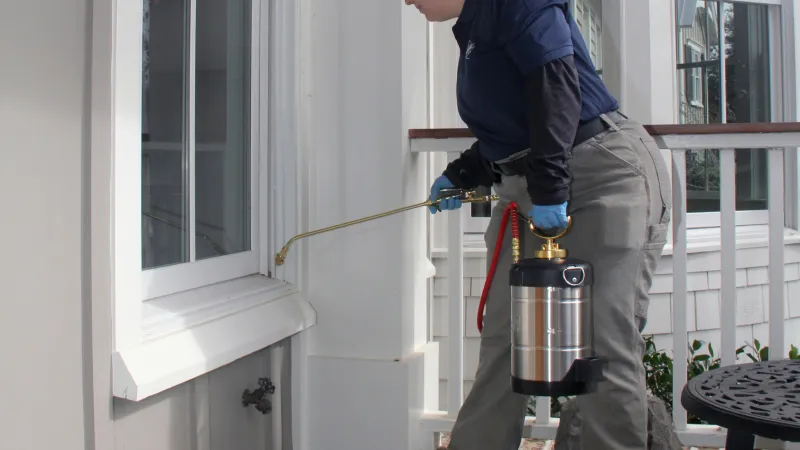
What is Integrated Pest Management
When it comes to keeping your home pest-free, there's more to it than just spraying chemicals and hoping for the best. So, let's dive into what IPM is, how it works, and...READ MORE

All About Cave Crickets
Cave crickets, also called camel crickets, spider crickets, and sprickets, like dark, damp areas such as basements, crawl spaces, and caves. These crickets have certainly...READ MORE

Quarterly Pest Control Tips for Fall
As the crisp autumn air settles in Toms River, New Jersey, many homeowners notice an uptick in pests looking for shelter from the cold. Fall is prime time for rodents,...READ MORE

